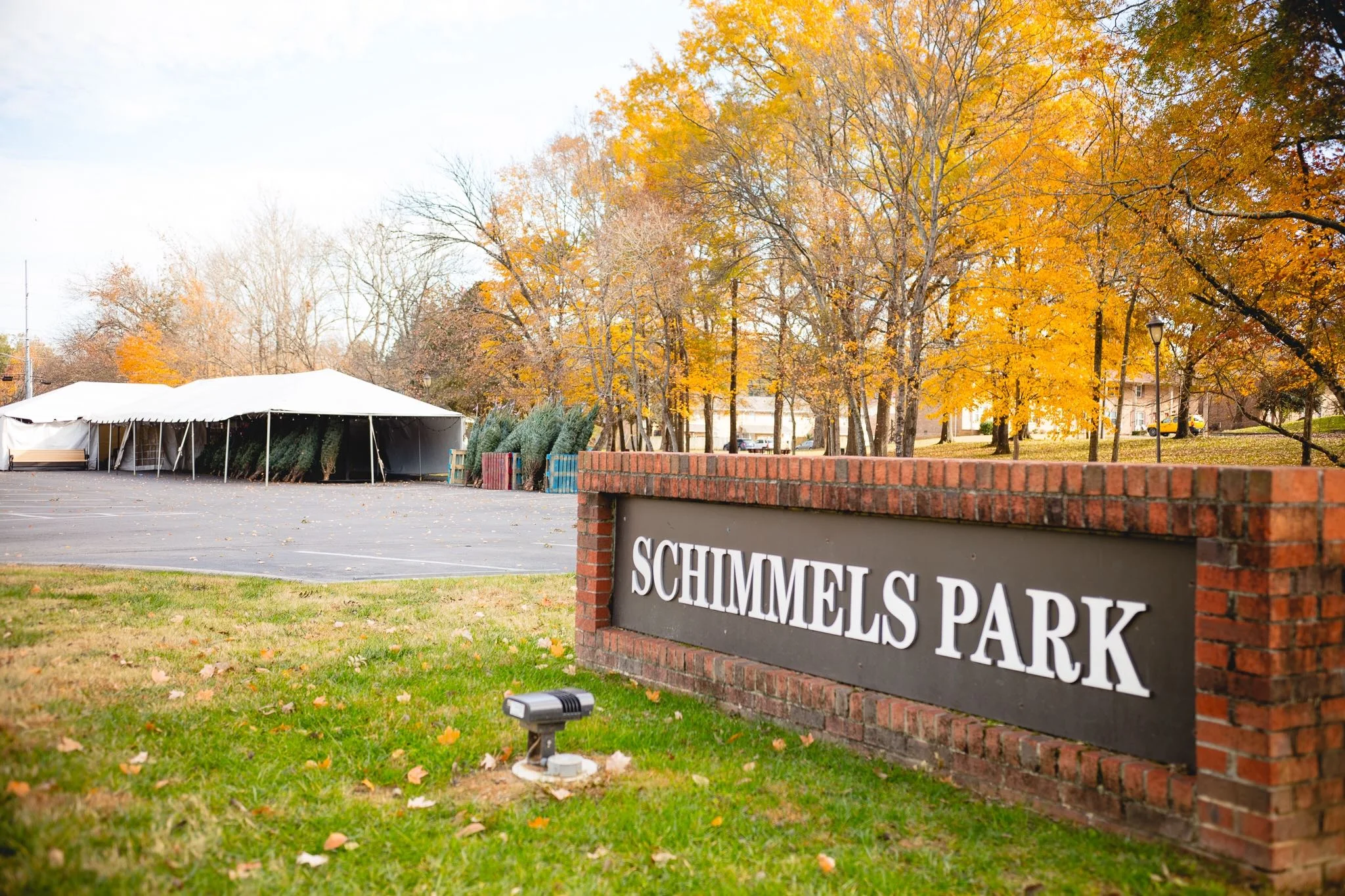American Sign Language club begins at Lee to promote unity across language barriers
All photos by Sydney Pressley.
An American Sign Language (ASL) club has recently launched in hopes of cultivating more understanding about the deaf community.
Sophomore psychology major Mackenzie Ohman began the club after taking ASL classes over the summer and discovering a passion for sign language.
“The goal is to spread awareness of deaf culture, and to give people who can’t take the class the chance to get involved,” Ohman said. “It’s a safe space to ask questions so when they come into contact with a deaf person, they’ll feel comfortable talking to them and not be scared of someone different than them.”
Lee offers ASL as a foreign language option as well as a deaf studies minor, but their popularity leaves many students unable to get in.
Dr. La-Juan Bradford is the faculty sponsor of the club. She has been teaching ASL in some capacity for years but returned to her alma mater in 2009 as the Academic Support Director and an ASL Professor.
Bradford explained her previous involvement with a sign language club sparked her interest in deaf studies. Recently, she had been praying for a student to establish another ASL club.
“It was a God thing, honestly,” Ohman said.
ASL is vastly different from auditory languages and comes loaded with many misconceptions. Both the classes and club seek to debunk myths about communicating with ASL.
Sophomore pastoral ministries major Becca Rinehart, a hearing impaired student, explained that people often try to talk louder and more animated to be understood. She says sometimes people make assumptions about sign language, lip reading and even the word “deaf.”
“Deaf is not a bad word. I want young people to know that language matters, no matter what the language,” Bradford said. “Every country has its own version of sign language because language and culture are married.”
According to Ohman, the ASL club does not exist to simply recreate the classroom. Rather, it is to expose people of various ASL skills to deaf culture in a non-formal atmosphere.
In their meetings, they plan to have deaf guest speakers, themed sign language learning, music interpretation and potential partnerships with deaf schools.
“I enjoy hanging out with the students that [are] willing to learn ASL,” Rinehart said. “[I’m hoping others have] better understanding [of] communication with deaf people in the community.”
Ohman explained many deaf people do not see their lack of hearing as a disability, but a unifying aspect of who they are.
“They can do everything that we can do. They just can’t hear,” Ohman said. “A lot of deaf people take pride in their community.”
From knowing the basics of ASL to simply having a better grasp of deaf culture, there are many ways to advocate for better communication.
“The two most important things in life are Jesus and language. If you don’t have language, you don’t have an appropriate way to express love,” Bradford said. “Whether you feel called to be a preacher, teacher, interpreter or just a friend, there are many ways to be an advocate without being skilled or the best interpreter.”



